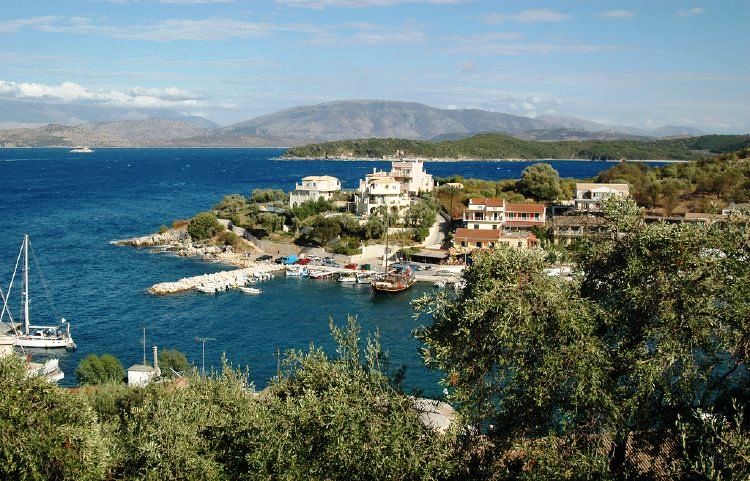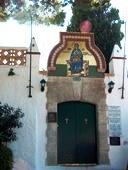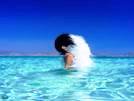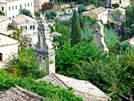
Palaiokastritsa is one of the most picturesque and busiest places on Corfu, and has been a famous resort area since the period of British rule. The village is spread around six little bays (Ambelaki, Agios (Ayios) Petros, Agios (Ayios) Spyridon, Alipa, Platakia, Ayia Triada) all of which have sandy beaches and caves and are backed by verdant hills covered with olive trees. The beaches of Palaiokastritsa are very popular with bathers, who when not engaging in the sea sports available there can try fresh lobster - for which the area is famous - at one of the numerous little taverns. Caiques sail from these bays to a number of other nearby coves which are not accessible by land.


The bay which lies to the north of Corfu town actually consists of a large number of little coves, around whose gently-sloping shores stand attractive and busy tourist resorts. Among the most highly developed of these is Alykes (4 km.), a coastal village with luxury hotel complexes. From Alykes, a road runs to the village of Potamos and 'The Village', a modern reconstruction of a traditional Corfiot village of Venetian times. In late summer, the wine festival is held at 'The Village', and the year's wines may be tasted - free of charge - to the accompaniment of performances of music.


Skripero is an attractive, traditional village in the interior of the island (approximately 8 km. from Gouvia), with a fine view. There is a feast and a banquet for all the village on 4 December, when the church of St Barbara celebrates its saint's day. Two km. from Skripero is Ano Korakiana, another quaint village which is noted for its numerous churches.


Outside Pyrgi is the turning which heads into the interior of the island and up to the mountain villages of Spartilas and Strinilas. This is a route of breathtaking splendour, and the views down the mountainside and out to sea are most impressive. Even finer prospects are to be had from the peak of Mt Pantokrator (906 m.): when the weather permits, the coast of Epirus and Albania can be seen to the east, the little islands of Ereikoussa, Othoni and Mathraki are visible to the west and even Paxi and Lefkada, far to the south, can be discerned. The summit is crowned with the Pantokrator monastery, first founded in 1347 and destroyed in the sixteenth century. Although it was rebuilt in 1689, almost nothing of the building's earlier stages has survived. Inside is a collection of post Byzantine icons.

Kassiopi is a large and attractive village by the sea beneath the lower slopes of Mt Pantokrator, 37 km. to the north of Corfu town. It is now a busy tourist resort. In Roman times, the site was occupied by a flourishing city which we know from the written sources to have had a harbour, a theatre and a temple to Zeus Cassios, which is probably the origin of the name Kassiopi.

The north part of Corfu looks quite different from the rest of the island, partly because there is less tourism. The landscape is still most attractive, combining the allure of mountains and the sea alike, and the inhabitants are strongly attached to their traditions. The coastal area of Almyros is of great archaeological interest because of the cemetery which has been discovered there and is still being excavated. The burials date from between the late Archaic and Hellenistic periods and the cemetery belonged to a farming community whose economy seems to have had little contact with the outside world.

From Roda, there is a road leading into the interior of the island and to the quaint village of Karousades. In the village is the mansion of the Theotokis family, a dynasty which produced many of Corfu's leading figures in the artistic as well as the political world. The building is fortified, and must first have been built in the fifteenth century. The coast road continues in 5 km. to Sidari, a former fishing village whose beaches are of unrivalled beauty. There are rock formations of a particularly striking nature which form a huge number of tiny coves and narrow channels.
